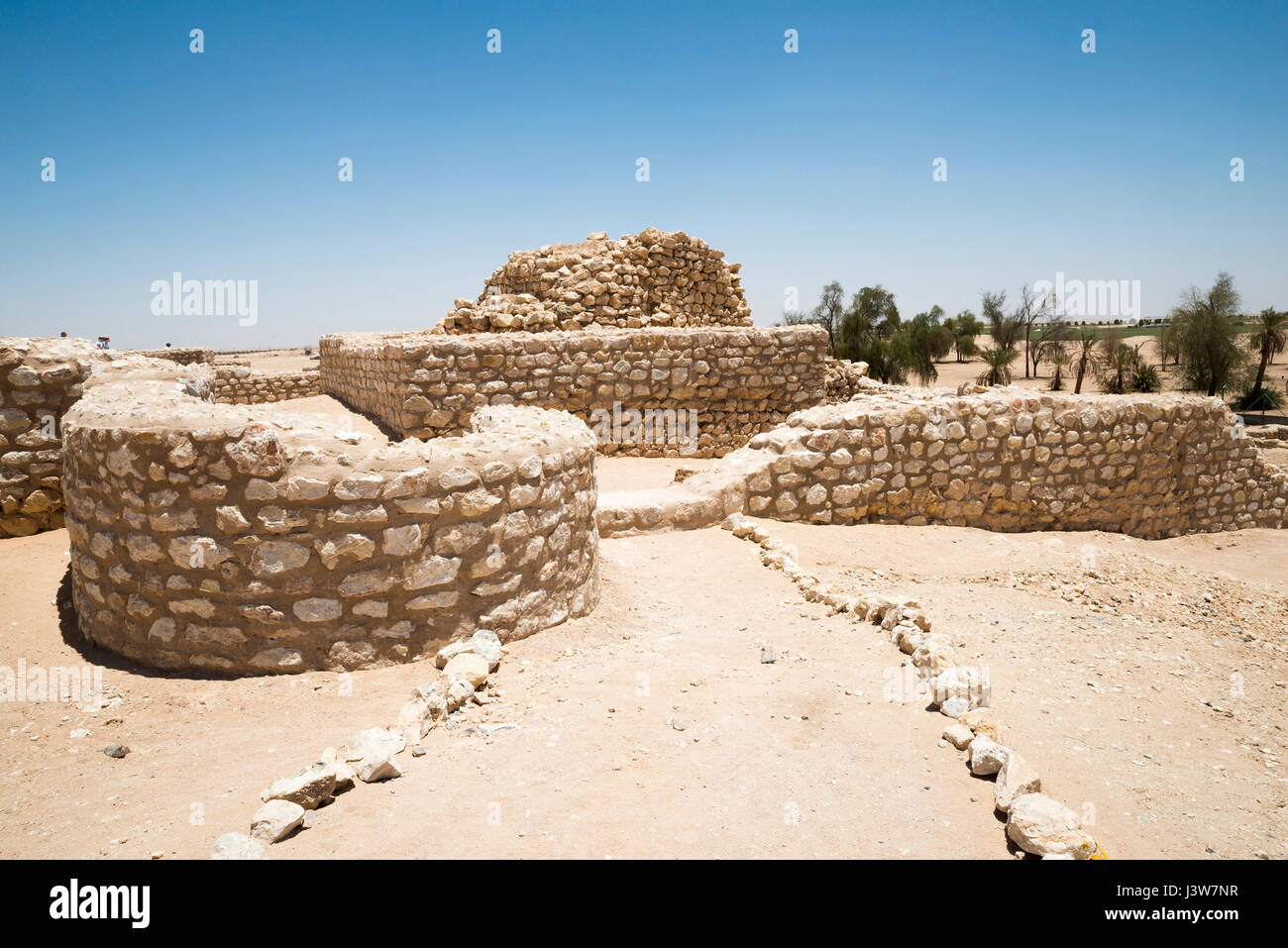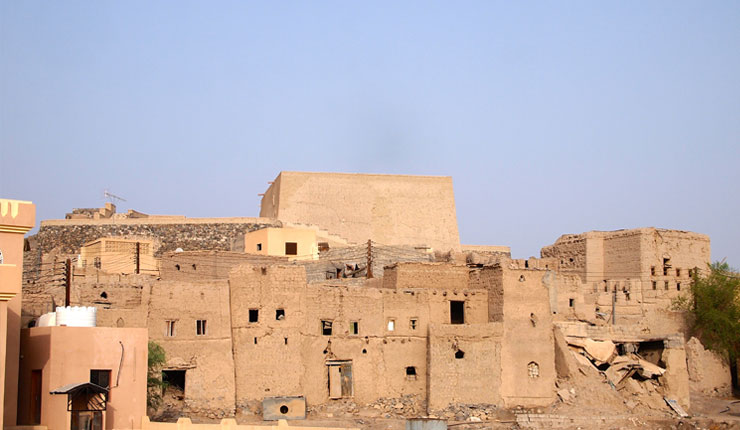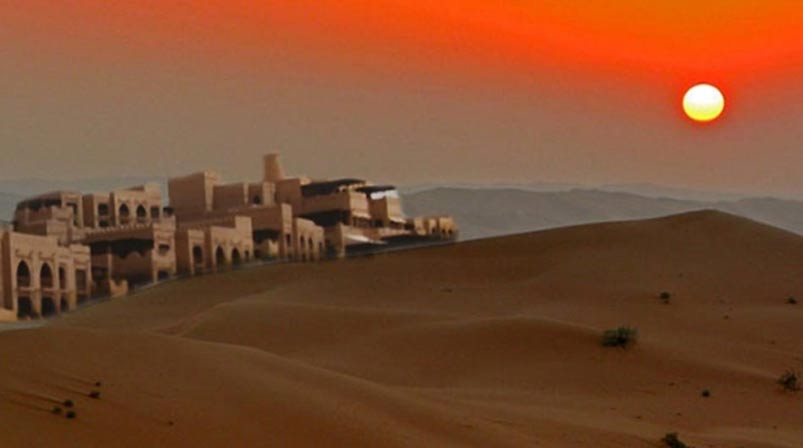

That account and Ptolemy's map coordinates were about all Mr.

He came upon a wide caravan track that his Bedouin companions spoke of as the "road to Ubar." He visited the Ash Shisar water hole, where he noted the ruins of a "rude fort," but he took it to be no more than a few hundred years old.

Sixty years ago, another British explorer, Bertram Thomas, apparently came close in his traverse of the Empty Quarter. Lawrence, Lawrence of Arabia, who had planned to look for the site before his death. Lost but not forgotten, Ubar was called "the Atlantis of the sands" by T. The ruins were eventually buried in drifting sand. The site's buildings were built over a large limestone cavern, which at some point in the distant past collapsed, plunging much of the city into a gaping hole. At any rate, the expedition found evidence of its cause. Ubar's cataclysmic destruction, recounted also in the "Arabian Nights," must have occurred toward the end of the Roman period, historians say. The historian, Al-Hamdani, writing in the sixth century A.D., hailed Ubar as first among the treasures of ancient Arabia. Built by the legendary Shaddad ibn Ad as an "imitation of Paradise," the city was renowned for its imposing architecture, vast groves of fruit trees and fabulous wealth. The literature of Ubar was alluring, if not as informative as the team would have liked. Crippen, also of the laboratory, which is operated by the California Institute of Technology for the National Aeronautics and Space Administration. Charles Elachi, an assistant director of the Jet Propulsion Laboratory who developed an imaging radar system that has been flown on space shuttle missions. Zarins, a professor at Southwest Missouri State University in Springfield and a specialist in Arabian archeology, is still at the site directing the excavations.Īnalysis of the space images was directed by Dr. Alan Jutzi, curator of rare books at the Huntington Library in San Marino, Calif., assisted with archival research. Sir Ranulph Fiennes, a British polar explorer with close ties to the Sultan of Oman, Qaboos ibn Said, directed logistics for the expedition and helped arrange financing from Omani backers. Hedges, recruited a team of experts in several fields. When he learned of experiments demonstrating the application of space remote-sensing to archeological exploration, Mr. He was attracted to the mystery and romance of ancient Arabia that was rooted in the frankincense trade and especially intrigued to find that "virtually nothing is known of the trade at its source" there in the region of Ubar. The idea of searching for the lost city of Ubar was conceived in 1981 by Nicholas Clapp, a Los Angeles filmmaker and adventurer. If this is not Ubar, it certainly was a very important place in ancient times." Blom, a geologist and specialist in spacecraft remote sensing at the Jet Propulsion Laboratory in Pasadena, Calif., said: "It's a major find. "The site is very rich, no doubt about it." 'A Major Find'ĭr. Juris Zarins, the expedition's chief archeologist. "There doesn't seem to be much question that we have discovered Omanum Emporium," said Dr. Myrrh is also a gum resin used in making incense. That is near the Qara Mountains, where grew - and still grow - the trees that were a major source of the aromatic resin for the frankincense so prized in ancient times as a symbol of wealth and holiness and a substance used in embalming and fumigation. They surround the water well now known as Ash Shisar. The ruins are on the edge of the Empty Quarter of the Arabian Peninsula in the Dhofar region of Southern Oman. Only after further excavation and investigation did members of the expedition disclose their find in interviews over the last few days. Hedges, a Los Angeles lawyer with a background in classical archeology, who helped organize the expedition. "After four days of digging, it was clear we had hit pay dirt," said George R. They could even be the tracks followed by the Wise Men on their way to the manger in Bethlehem with gifts, according to tradition, of gold, frankincense and myrrh.

The archeologists now believe these tracks are the routes camels once traversed carrying frankincense across the burning sands to Mesopotamia and the Mediterranean, thence to markets in Alexandria and Rome.


 0 kommentar(er)
0 kommentar(er)
